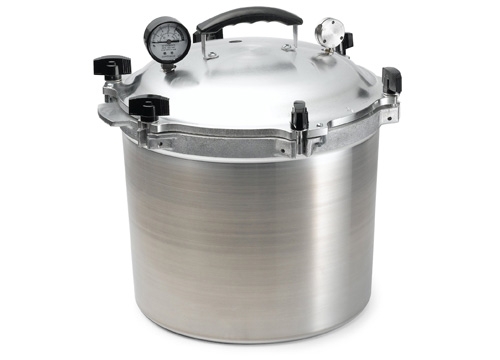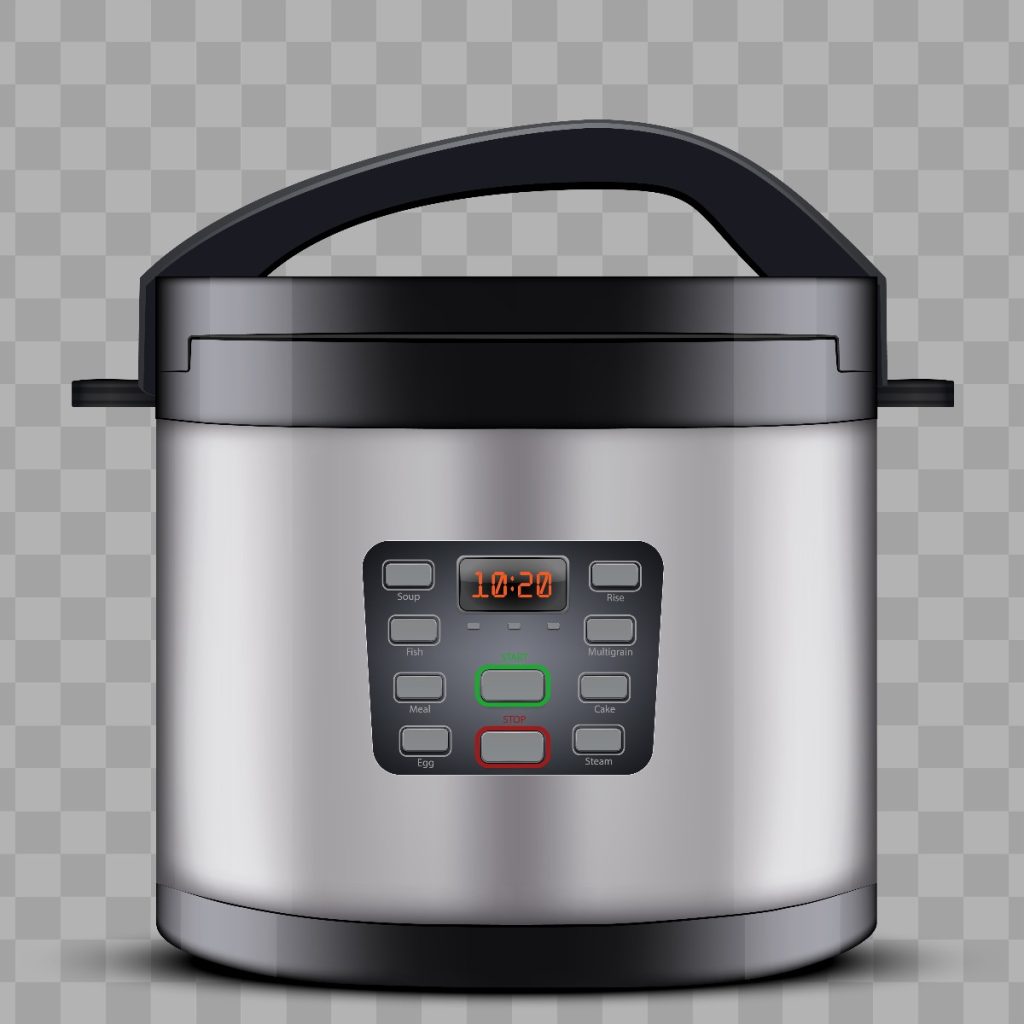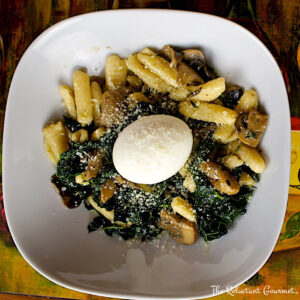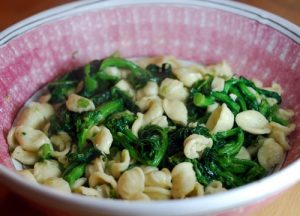10 Reasons to Own a Pressure Cooker
You’re missing out if you’ve heard about pressure cookers but haven’t tried one. Pressure cooking is a safe, healthy way to prepare food quickly. With traditional methods, you can make everything from canned fruit to frittatas to baked beans in a fraction of the time it takes.
Today’s pressure cookers are much better than the old models. Not long ago, you had to run cold water over the cooker for 15 minutes just to release the pressure. The safety features were lacking, too. Explosions weren’t uncommon, and moving the pot from the stovetop to the sink could be dangerous. Steam might escape and cause burns if you got too close.
Luckily, modern pressure cookers are safer and easier to use. They’re perfect for busy parents who need to cook nutritious meals fast.
Here are ten reasons every kitchen needs a pressure cooker:
1. Food Cooks Faster
Pressure cookers cut cooking time by 70%. Meals are ready quickly, saving time, effort, and energy costs. Your kitchen stays cooler, which helps lower air conditioning bills in summer.
2. Food Retains More Nutrients
Traditional cooking methods often cause nutrients to evaporate. Pressure cookers use little water, preserving vitamins, minerals, and fresh flavors.
3. Safer Cooking
High cooking temperatures kill more germs and bacteria. Modern pressure cookers also have improved safety features, including valves and vents, reducing risks.
4. Convenient
A pressure cooker makes meal prep faster and easier. You can prepare meals in advance, saving time on busy days.
5. Healthy
Pressure cooking preserves nutrients and reduces the need for added fats or oils, making it a healthier option.
6. Flexible Cooking Method
Pressure cookers work with almost any recipe. They’re great for breakfasts, roasts, canned foods, taco meat, stews, and more.
7. Easy to Use, Easy to Clean
Modern models are user-friendly and prevent scorching, splattering, or sticking. This makes cooking stress-free and cleanup a breeze.
8. Energy Efficient
Pressure cookers use less energy than traditional methods. Faster cooking means less heat loss, saving money and energy.
9. Compact
Pressure cookers are compact and fit easily into small kitchens. They’re ideal if you have limited counter or storage space.
10. Durable
A quality pressure cooker lasts for years with proper care. It’s a long-term investment in your kitchen.
Pressure cookers are a must-have for any well-equipped kitchen. With faster cooking, healthier meals, and improved safety, they’re a game-changer. Why wait to upgrade your cooking experience?

How Does a Pressure Cooker Work?
A pressure cooker uses steam pressure to cook food faster than traditional methods. It has a pot with a tight-fitting lid and a pressure release valve that controls the pressure inside.
To use it, add your ingredients and enough liquid to the pot. Secure the lid and place the pot on the stove.
Heat causes the liquid to boil, producing steam. As steam builds, pressure increases inside the pot. The higher pressure raises the cooking temperature, speeding up the process.
The pressure release valve regulates the pressure. It lets excess steam escape when the pressure reaches a set level, preventing over-pressurization and ensuring safety.
Once the food is done, turn off the heat. Let the pressure decrease gradually before removing the lid. Then, serve your meal.
A pressure cooker cooks food quickly and safely by combining steam and high pressure. The pressure release valve keeps it safe for use.
What to Look for When Choosing a Pressure Cooker
When buying a pressure cooker, keep these factors in mind:
Capacity
Choose a size that fits your needs. Large pressure cookers work best for families or big meals. Smaller ones are ideal for singles or small portions.
Material
- Stainless Steel: Durable, easy to clean, and heats evenly but heavier and more expensive.
- Aluminum: Lightweight and affordable but less durable and may heat unevenly.
- Ceramic-Coated Metal: Non-stick and easy to clean but less durable than stainless steel.
Safety Features
Look for features like automatic pressure release, safety valves, and locking lids. These prevent accidents and make the cooker safer.
Ease of Use
Pick a model with intuitive controls and a clear display. User-friendly features simplify cooking.
Price
Set a budget. Pressure cookers range from $30 to over $200 based on size, material, and features. Find one that fits your price range.
Brand Reputation
Choose a reputable brand known for quality. Read reviews or ask for recommendations from friends and family.
With these tips, you’ll find a pressure cooker that fits your needs, budget, and cooking style.
Online Source: Cookware
I used to go to department stores to buy my pots and pans to hold them and get a feel for them. These days, I purchase most of my pans online and look for good deals. I recommend Kitchen Universe as a good source for high- and medium-end sellers. They sell many more popular brands, but you’ll also find interesting brands you’ve never heard of before.







